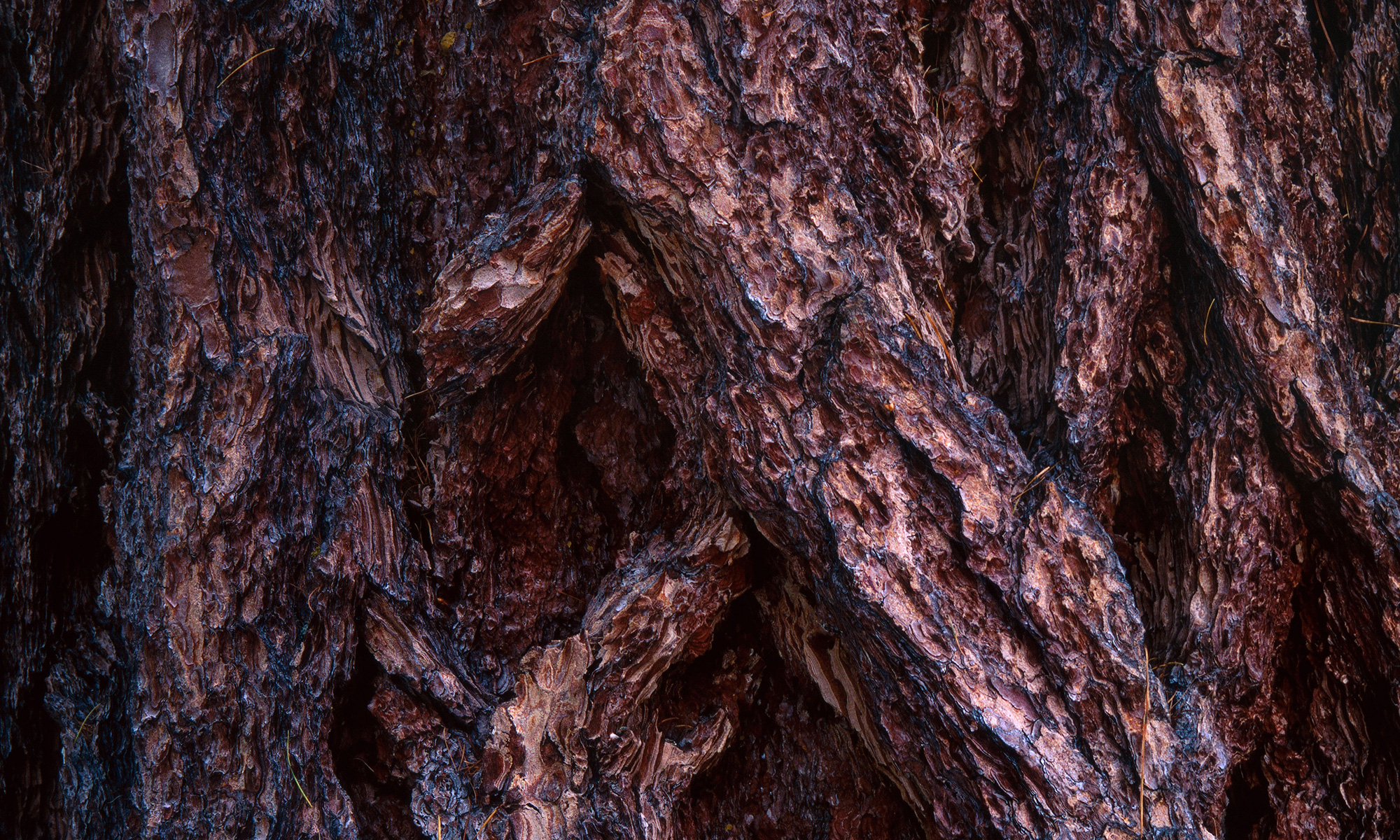
HITACHI NO KUNIJapanese Cypress
常陸国ひのき(ひたちのくにひのき)
産地;茨城県久慈郡大子町
常陸国とは今の茨城県の古来の呼び方で、その大部分の地域にあたります。
寒冷な気候の中でゆっくりと年輪を重ね、木目は緻密で美しく、香りは清らかで凛としています。高品質で、曲げに強い特性を持っており、特に八溝材は、耐久性が高く、建築材料として非常に高く評価されています。
桧は「日の木」「火の木」とも呼ばれ、日を最高のものとして名付けられた、火起こしに使われたなど呼び名には説がいくつかあります。古代より神社仏閣の建材として尊ばれ、今もなお“神域の材”としての品格を宿します。
「ヒノキの北限」にあたり、雨が少なく、寒さが影響するため、木の密度が高く、重量があります。
また、徳川御三家の森、その後国有林として管理されていたため、品質や状態の良いものが多いのが特徴です。香りには防虫、抗菌、リラックス効果が期待されます。
木の力;邪気を払う、リラックス、勝利祈願、交通安全、安産、縁結び
HITACHI NO KUNI Japanese Cypress
Origin: Daigo Town, Kuji District, Ibaraki Prefecture
Hitachi Province is the ancient name for what is now Ibaraki Prefecture, and it corresponds to most of the area.
In the cold climate, the trees grow slowly, producing fine and beautiful grain with a pure, dignified fragrance. The wood is of exceptionally high quality, with strong resistance to bending. In particular, Yamizo timber is renowned for its outstanding durability and has long been highly valued as a building material.
Hinoki (Japanese cypress) has been called “Hi no Ki” (Tree of the Sun) and “Hi no Ki” (Tree of Fire), with theories suggesting it was named for being considered the most exalted under the sun or for its use in fire-starting. Since ancient times, it has been treasured as a sacred material for shrines and temples, and to this day it retains the dignity of “wood for divine sanctuaries.”
This area represents the northern limit of hinoki growth. With little rainfall and harsh cold, the trees develop dense and heavy wood. Furthermore, because these forests once belonged to the Tokugawa Gosanke (the three branch families of the Tokugawa clan) and were later managed as national forests, many trees here are of excellent quality and condition.
Hinoki’s fragrance is known to have insect-repelling, antibacterial, and relaxing effects.
Meanings: Warding off evil, relaxation, prayers for victory, traffic safety, safe childbirth, and matchmaking

